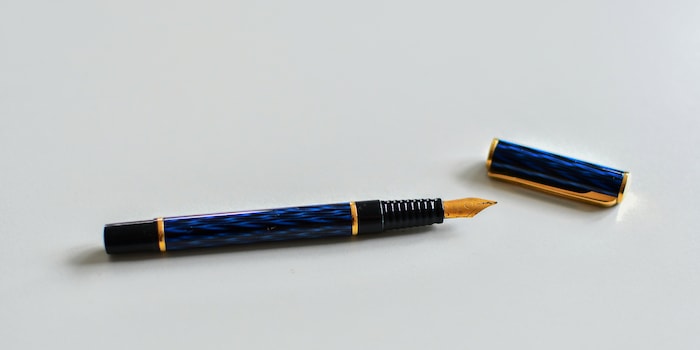
How to find your own photography style
In the daily flood of photos, you may feel the need to stand out from the mainstream. To be unmistakable. Or you simply want to find out what suits you best. How do you do that?
The topic of "personal image style" has been on my mind for a long time. Developing one or even already having one sounds great. It sounds like high school, like art even. But the difficulties start with the term: What is it anyway - style?
What is style?
On Instagram, 500px or any other platform, you'll find profiles whose images appear to be all of a piece. They are often limited to a more or less narrow topic, for example landscape photography or even just sunsets in the mountains. Formal uniformity can also be seen in many cases, for example the images, which are all in soft light or hard black and white.
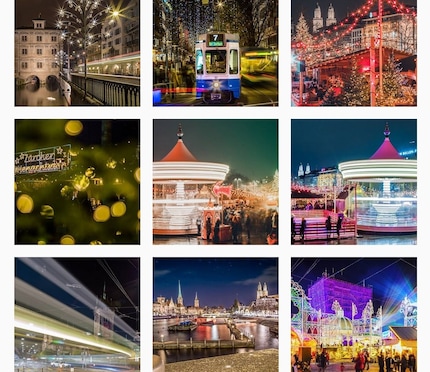
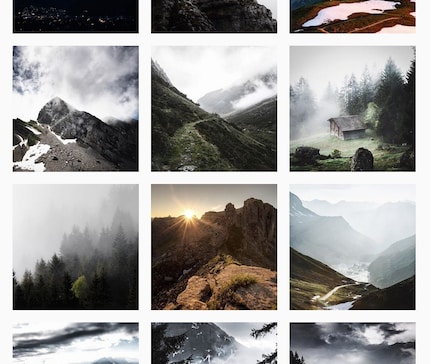

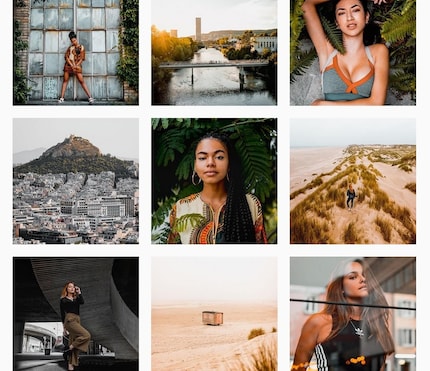
This gives us the feeling that the photographer is not proceeding at random or on a whim, but has a plan. A concept. But if you only show cats on hoover robots as a matter of principle or only photograph with an open aperture or with a certain colour scheme (for example using analogue film), this is not yet a personal style. It is simply a limitation to a topic or a formal means.
Is that a problem? No. Because that's probably exactly what you're looking for. In other words, you don't need to have your own style. All you need is your own concept.
Make a project! And then another one.
If you want to be more original and less arbitrary, there is a very simple solution: start a project. This limits you to a specific topic and/or a formal aspect. Project sounds like an organisational effort, but it can be quite simple. For example: I only photograph metallic objects from flats in bluish monochrome.
.
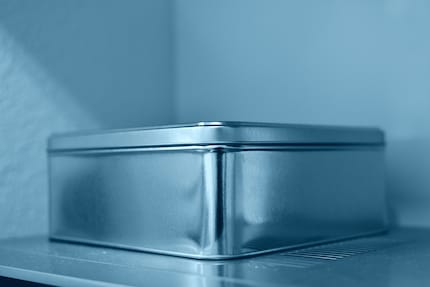

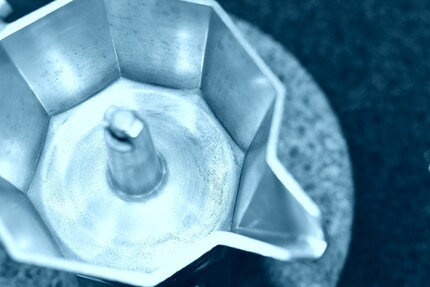
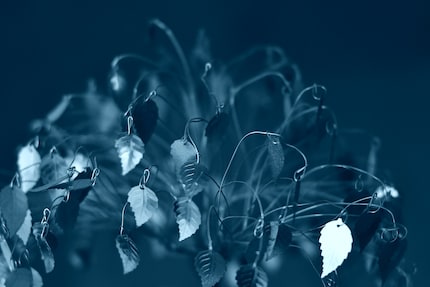
Still too arbitrary? Then I'll limit myself even further: Always the same coffee maker, always frontal. Even then, there's still enough room for creativity.
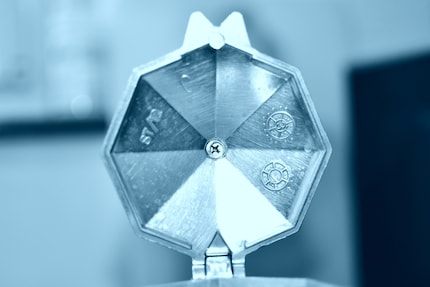
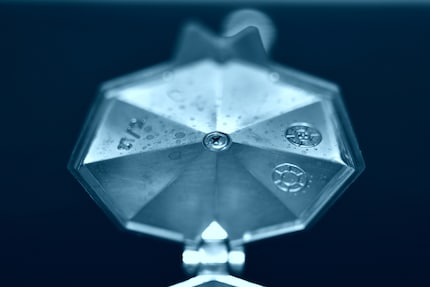
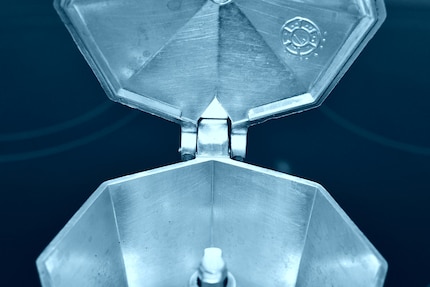
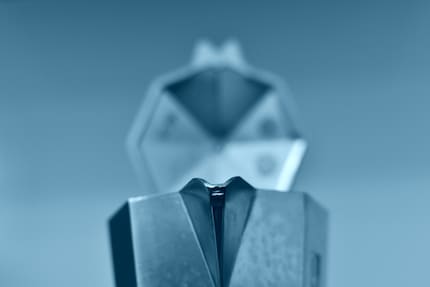
Of course, the content of this project is not particularly substantial, but that's not the point right now. The point is: projects allow you to try out all sorts of things and still remain consistent. This is because the project gives you a clear framework, both in terms of content and form. If you want to try something different, simply start a new project.
A project needs a concept. And any concept can become a project. Just get started. There is only one rule: limit yourself. The more you restrict yourself, the more you force yourself to be creative. It can happen that you get bored with your own idea. But boredom is a good prerequisite for becoming creative.
A little tip on the side: start the series first without publishing anything or even setting up your own Instagram account. Only when you realise that the concept works and that you are interested enough in it is the time for the first publications.
The end result of a photo series can also be a video. This allows you to impressively illustrate the progression of time. This works particularly well with photos that are very numerous and all taken according to the exact same pattern. Classic: A selfie every day over the years.
From project to style
Let's say you've already started and tried out a few projects. Now you realise: Some of these projects quickly get on your nerves; you can't turn boredom into creativity for the life of you. Others, on the other hand, you can pursue forever. You may discover at some point during a project: This is exactly my thing! Then you will have achieved what you wanted. You don't have to have a personal style for this. It doesn't matter whether you can recognise a signature in each of your photos or not. Call it style, concept, plan or interest - the main thing is that you realise what suits you best.
I would only call it a personal style if you continue to do different things - but all in a certain way that is typical for you. Style is the expression of my personality, my interests and my approach. Your style develops by itself, unconsciously. Being original according to instructions is a contradiction in terms.
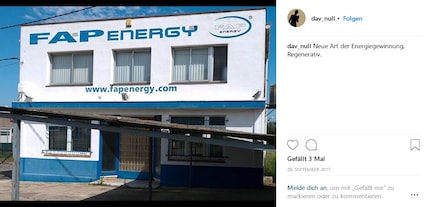
Trying out stylistic devices: a simple exercise
This doesn't mean that all theoretical knowledge is useless when it comes to finding a style. On the contrary, you should know as much as possible about which design elements work and how. This will help you to realise your ideas much better.
A very simple exercise. I get up from my desk and look around. Now I give myself the task of taking two photos of my immediate surroundings in as different styles as possible: One that is as eye-catching, flashy, bold and confrontational as possible. One as harmonious, friendly and sweet as possible. To enhance the effect, I support the respective choice of motif with various means of visual language.
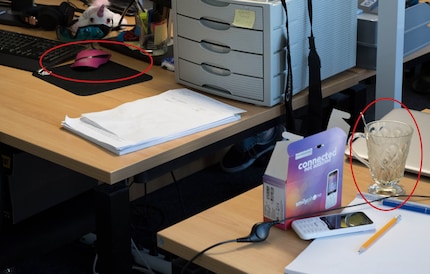
Striking: The pink mouse (top left in the picture) immediately catches my eye. With its angular design, it doesn't appeal to me. It screams at me.
The pink stands out even more against a dark background. I increased the saturation and contrast to make it really pop. I also choose the portrait format, which looks more dynamic, I turn the mouse upside down and cut off the upper part because the mouse is rounded there. Nothing should be round here. Round is nice and harmonious. I don't want that here.
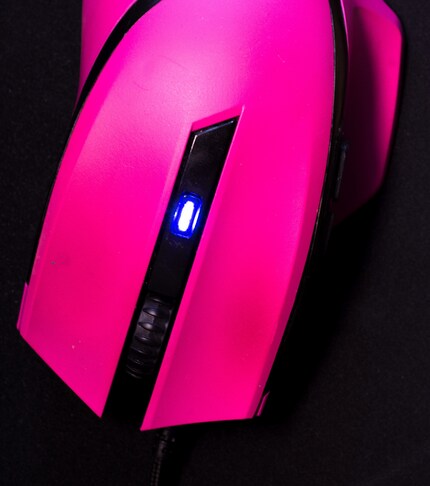
Now the contrast programme: friendly, harmonious. I opt for the pretty coffee glass that you can also see in the office picture above. Here, I choose the landscape format and emphasise this with the horizontal spoon. I also opt for harmonious proportions in the image layout, a light background and generally light colours with medium contrast.
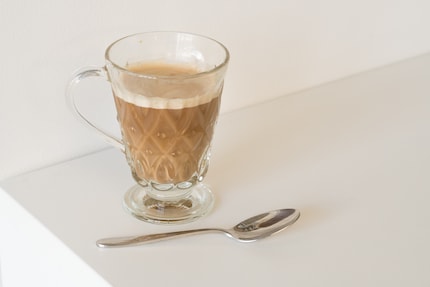
The effort for these two images was minimal. Precisely because the example is so humdrum, so banal, it shows that the principle works always, everywhere and with every person. The two photos were taken at the same time, in the same place and with the same camera, and both show an object from the office. The main difference between them is therefore the style.
Self-reflection: What makes me tick?
Maybe you already have something like a style, but you don't know it yet. That's why you need to take a critical look at your own photos.
I'm a good example myself: I have no real style and no clearly delineated interests. My Instagram account is a jumbled mixture of all sorts of things. This is mainly due to the fact that I go purely on a whim and don't want to limit myself. Even when looking at other people's photos. I also have no ambition to make a name for myself on Instagram in any particular way.
But maybe I still have a preference for certain pictures without having realised it yet. So I take a look at my own photos to recognise something like a regularity in them.
First realisation: I like it colourful. I've known that for a while. Only two of my Instagram pictures are black and white. Second realisation: Due to the square format, I uploaded many subjects that form a circle or a centre with "rays".
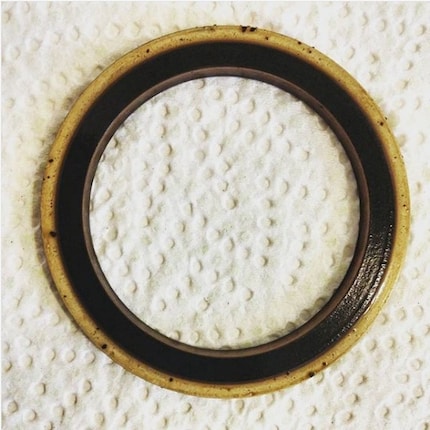
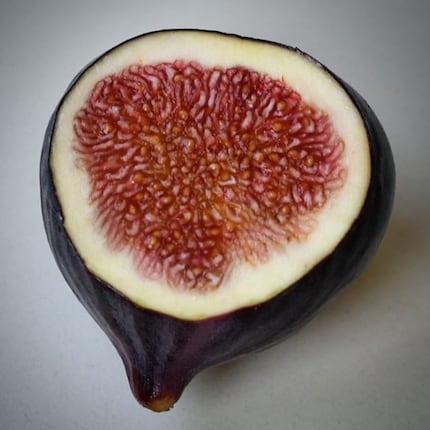
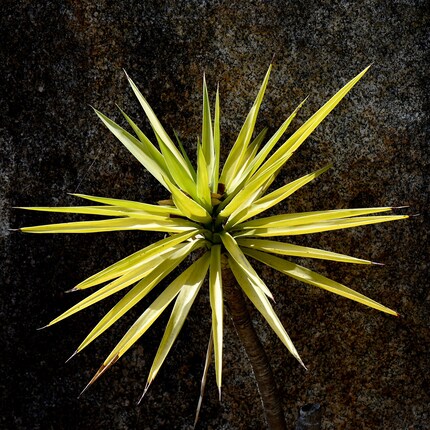
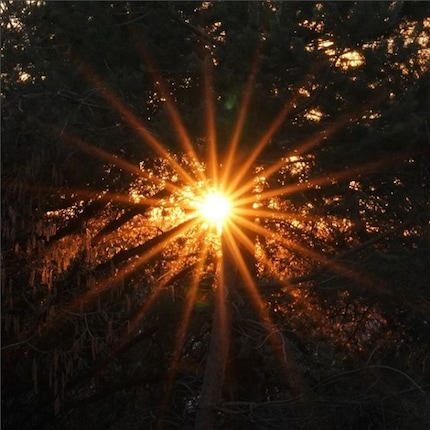
I seem to have a thing about sunbeams and other rays of light anyway. The amateur psychiatrist in me diagnoses so-called photo-photographosis: the compulsive tendency to photograph rays of light.
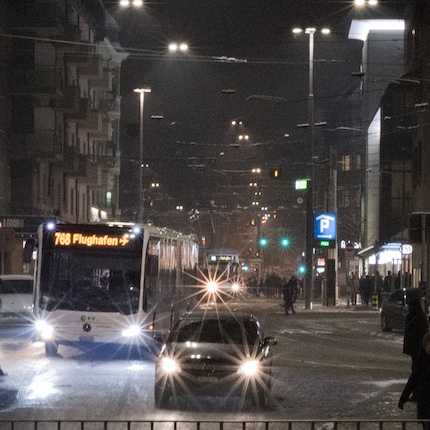

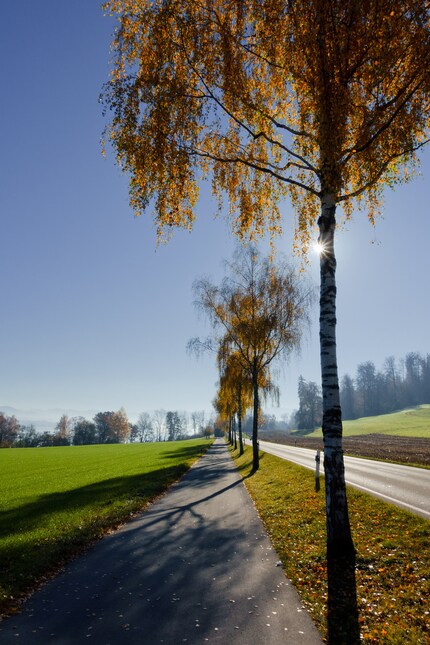
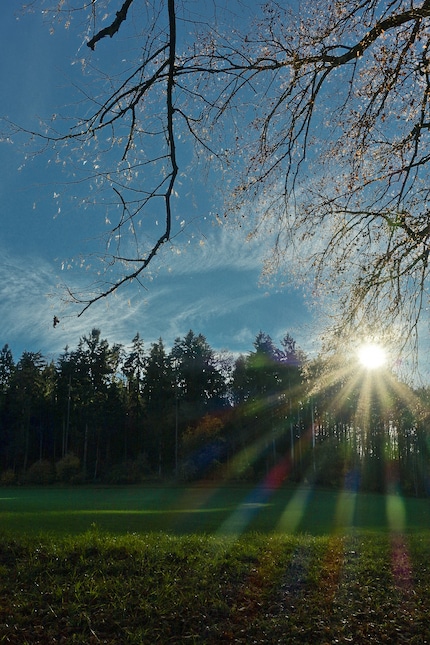
When I look not only at my own photos, but also at my "likes", this is confirmed. Colourful to the point of kitsch, strikingly many sunbeams. I also like clear, strict geometries, but also nature.
What do I do now with these findings? Firstly, I started a project that shows a circle in a square: my empty coffee cup from above. I can do this every day without any effort and it never looks exactly the same. However, I found the idea so boring after a short time that I gave up.
My interest in IT and writing landed me in tech journalism early on (2000). I want to know how we can use technology without being used. Outside of the office, I’m a keen musician who makes up for lacking talent with excessive enthusiasm.
Interesting facts about products, behind-the-scenes looks at manufacturers and deep-dives on interesting people.
Show all